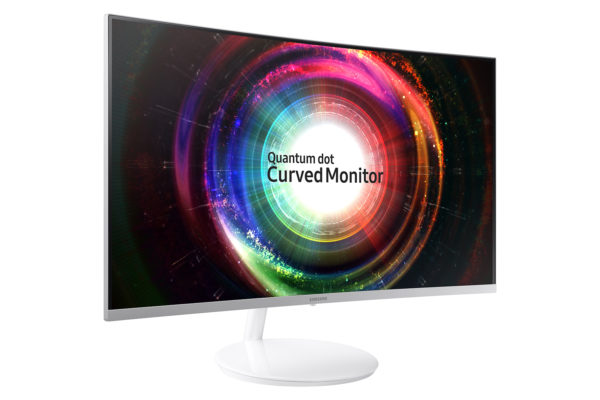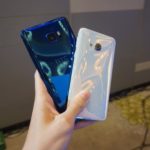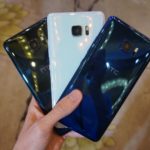
Having seen LG’s top-end TVs receive glowing reviews all year in 2016, Samsung wants to hit back with its own interestingly-named QLED TVs this year.
Shown off in Singapore yesterday, they promise better colour performance, showing off the subtlest colours with the improve range of colours. Also, they are said to enable a leap forward in terms of deeper blacks and richer detail.
So, are these QLED TVs as good as the market-leading OLED (organic light emitting diode) TVs made by LG and several other manufacturers this year?
Here’s where a bit of explanation is in order. First, QLED TVs are not nearly similar to OLED TVs, despite the similar names.
Samsung’s QLED TVs are more like many of the familiar LED panels we have known all along, except they have a new trick called Quantum dot (thus the Q in QLED).
Placed on a sheet or film in a TV, these really small quantum dots or nanocrystals are able to emit their own colours when hit with light from an LED backlight panel.
Measuring between 2 and 10 nanometers, these Quantum dots basically make the dots we see on the screens even smaller, creating a much smoother transition from dark to bright areas.
Actually, Quantum dot has featured in Samsung’s previous TVs in the past couple of years, but this time, the material used for the dots is said to offer even better picture quality.
So, QLED is not an entirely different TV technology altogether, but more of an enhancement. It also happens to be Samsung’s name for its top-end TVs this year (much like SUHD in the past).
It certainly isn’t OLED, which is very much different from traditional LCD or LED TVs in the way it displays an image.
In a Samsung QLED TV, the quantum dots do not emit their own light. But OLEDs do, offering some of the technology’s trademark image quality like high contrast and deep blacks..
Of course, discussions on paper are only as good as the image quality you see with your own eyes. Unfortunately, I didn’t get to compare the new Samsung QLED TVs – which come in the new Q7, Q8 and Q9 models this year – with an OLED TV.
Still, I have to say I was impressed by the new Samsung screens. I can’t say if they are better than an OLED TV, but the new Samsung OLED TVs offer blacks that are impressive without showing much unnecessary grey.
Colours are great too. With the ability to represent 100 per cent of the sRGB colour gamut and reach brightness level between 1,500 and 2,000 nits, depending on the model, the new TVs do present images that pop out. Good news is, highlight areas of an image are still preserved and details remain clear.

Besides TVs, Samsung is also putting Quantum Dot in its latest 27- or 31.5-inch ultra wide CH711 computer monitors. My eyes certainly enjoyed the wrap-around effect of the curved displays and the colours were even more impressive because the monitors can represent 125 per cent of the sRGB colour.
The only thing that doesn’t sit well with me is the saturated colours, which may look a tad too much after a while. Perhaps this is because I work with more subdued colours of my own calibrated monitor screen, and my point of reference is towards more neutral, less overly vibrant displays.
Still, the Samsung QLED TVs will impress if you’re upgrading from an older LED TV. How they perform next to much-praised OLED TVs remains to be seen. A buying decision might come down to prices, which unfortunately were not out yet for Singapore.
In the United States, QLED TVs from Samsung still seem to be a little more expensive than OLED TVs – and there are more OLED TVs this year from the likes of Sony.
Fancy name or not, Samsung will have to convince people paying top dollar for their TVs its screens are the best for their living rooms.






